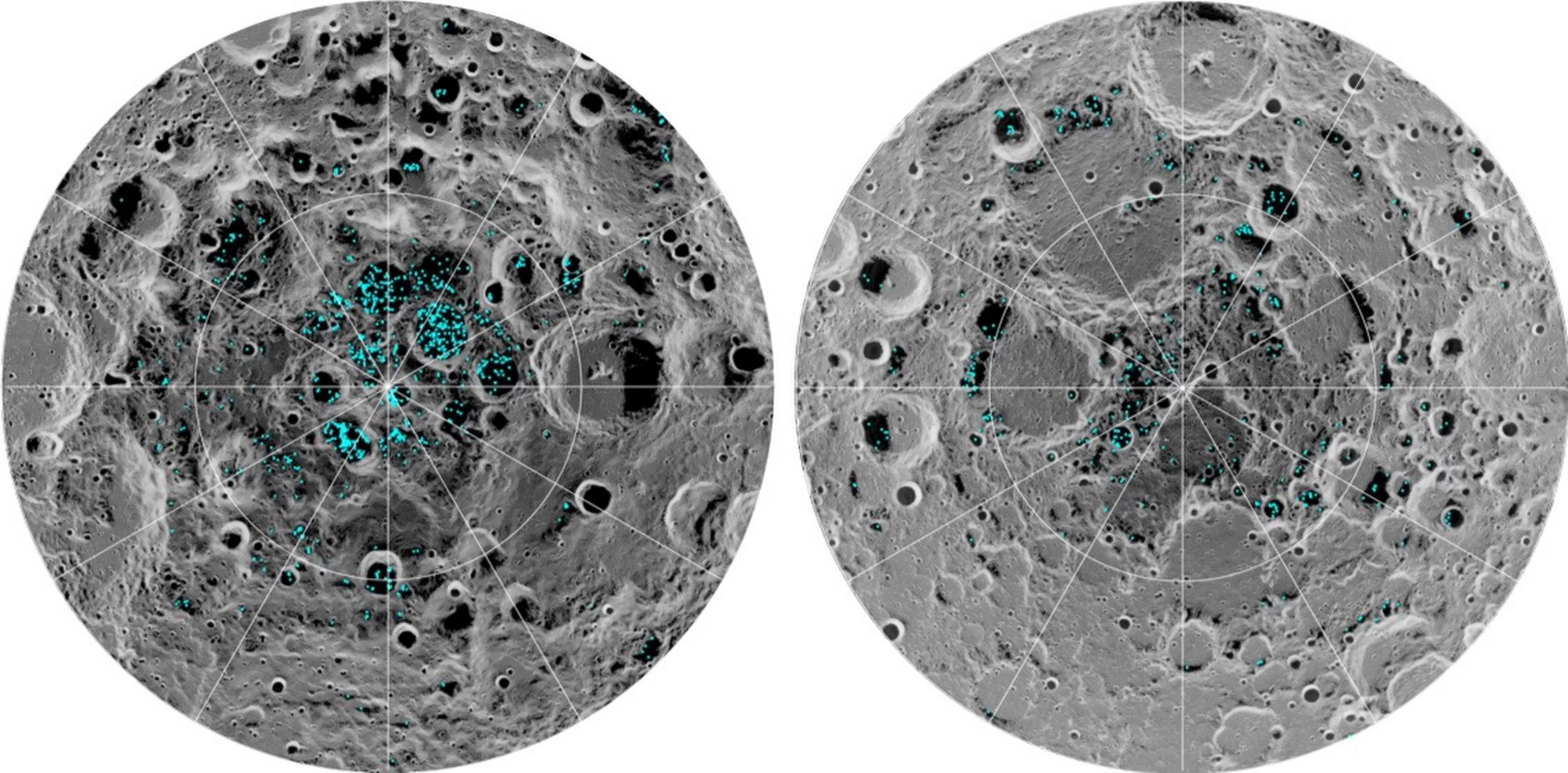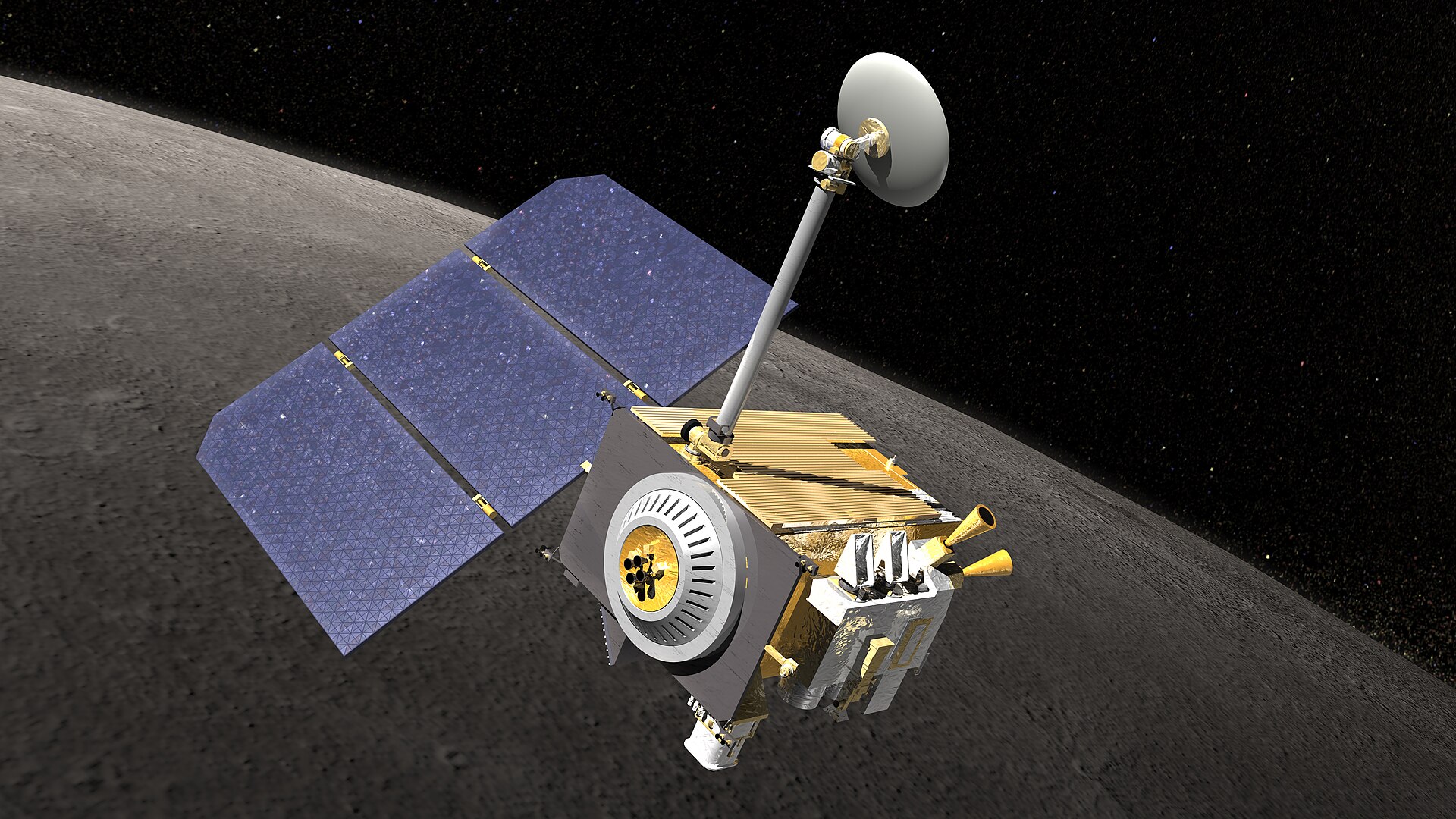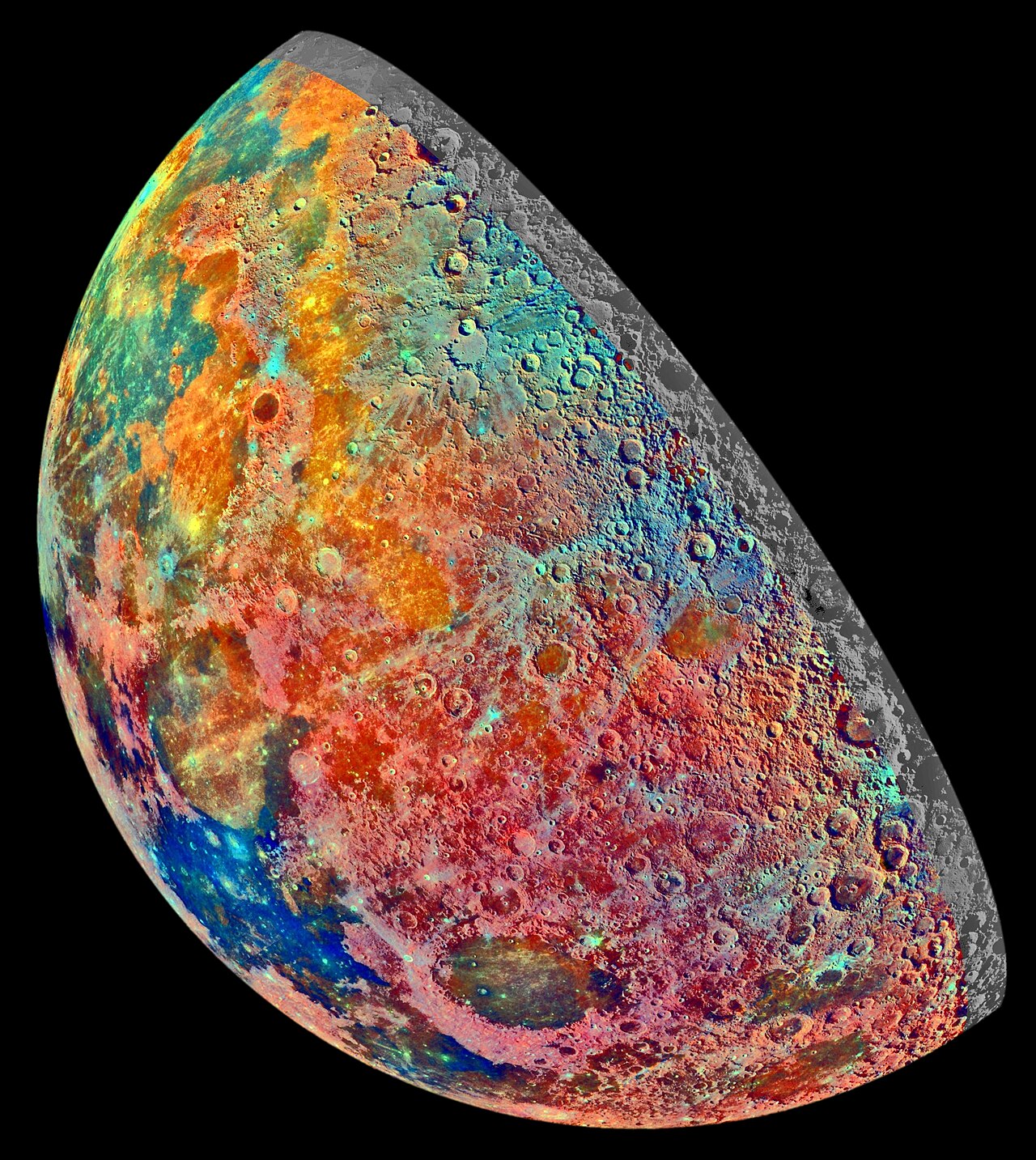
It’s 2024. NASA’s Artemis program is in full swing, and we’re hoping to get back to the surface of the Moon real soon. Astronauts haven’t walked on the beloved sky rock since 1972! A human landing was scheduled for 2025, which has now been pushed back to 2026, and we’re all getting a bit antsy about it. Last time we wanted to go, it only took 8 years!
Now, somehow, it’s harder, but NASA also has its sights set higher. It no longer wants to just toddle about the Moon for a bit to wave at the TV cameras. This time, there’s talk of establishing permanent bases on the Moon, and actually doing useful work, like mining. It’s a tantalizing thought, but what does this mean for the sanctity of one of the last pieces of real estate yet to be spoilt by humans? Researchers are already arguing that we need to move to protect this precious, unique environment.
There’s Moon Gold In Them Thar Moon Hills

Previously, astronauts have rocked up to the Moon with enough supplies to sustain themselves for a short visit. With plans being worked up for a sustained base on the Moon, there’s more interest in exploiting locally-available resources. This would help cut back on the amount of cargo required to be freighted in by rocket, which is incredibly expensive. Scientists have found frozen water on the Moon, lurking in craters that are shielded from the sun. They regularly remain at temperatures below -225 C, and could hold clues to how asteroids carried water to Earth. Or, they could be mined to sustain the needs of astronauts living on the Moon, either to provide water for drinking, or to split into oxygen for breathing and hydrogen for fuel.
There are also hopes that these ultra-cool craters could serve as a useful base for a Moon-based telescope. Much like space-based telescopes, a telescope on the Moon wouldn’t have to contend with the distortions of Earth’s atmosphere, nor light pollution. By being so cold, it would be possible to build a highly-sensitive detector without a need for complicated refrigeration mechanisms as used on space telescopes like the JWST. A large telescope built in a Moon crater could potentially help us image the surfaces of distant planets similar to our own.

There’s also the prospect of finding useful minerals to bring back to Earth. Prime candidates are rare-earth elements and helium-3 deposits that could be useful for fusion power generation. The latter can be readily found on Earth, and the latter isn’t particularly useful until we have viable commercial fusion reactors. However, scientists and engineers are always planning ahead, and there are researchers working on concepts for how these resources could be obtained on the Moon and brought back to Earth for gainful exploitation.

The problem with mining is that it tends to disrupt the environment a bit. Or a lot, depending on how deep you go digging and how you go about it. On Earth, humanity has started to manage this problem. Many countries now require environmental assessments and strict approvals processes to be passed before new mining projects can begin. To some degree, this keeps mining activity in check, and helps preserve the environment. Sadly, plenty of environmental damage still occurs due to mining, but we’re at least aware of the problem and doing something to reign it in.
On the Moon, though, it’s an altogether different situation. The Moon isn’t the property of any one nation, nor does it fall neatly within one country’s borders. The Artemis Accords were developed to solve this problem, being a set of “Principles for Cooperation In The Civil Exploration And Use Of The Moon, Mars, Comets and Asteroids For Peaceful Purposes.” Much like earlier space treaties, they enshrine cooperation and mutual respect as core tenets, and aim to avoid conflict or military uses of such areas or resources. They also commit nations to support each other through the use of interoperable standards wherever possible, and in rescue and provision of emergency assistance to each other’s astronauts.

Scientists hope that in a similar spirit, nations might respect the status of the Moon as a precious and unspoiled place. Concerns have been raised that mining operations could disrupt the natural environment, compromising efforts to study the Moon as it stands today. For example, water mining operations could destroy vital clues to the history of our solar system, buried deep in lunar ice. Increased activity in the Moon’s orbit could disrupt science efforts, too. With more satellites orbiting around the Moon in support of new operations, there’s a risk that future radio astronomy efforts on the Moon’s far side could be disrupted by spurious emissions. The area has been set aside as a “radio quiet zone” since 1971 by the International Telecommunication Union (ITU), but the rules don’t take into account the increased prevalence of new satellites.
For now, only a few sites are protected under the Artemis Accords. Historic artifacts left behind by the Apollo missions are the main example—no surprise given the importance of the first Moon missions. However, the accords don’t provide any real protection for areas of potential interest to scientists. Thus, it’s possible areas of great research value could be spoiled by the forward march of human mining operations.
There is a hope that this will change. The International Astronomical Union (IAU) is on the case. It hopes to clearly define which areas of the Moon should be preserved for further research. It also plans to improve upon the ITU’s work in protecting the radio silence on the far side of the Moon, by creating clear rules for what’s okay, and what isn’t. A working group, led by astronomer Richard Green, held its first meeting on the matter last year.
Given we haven’t landed on the Moon yet, this might seem a bit like putting the cart before the horse. The problem is, once crucial sites on the Moon are mined or otherwise interfered with, crucial science could be lost forever. Thus, it’s important to have all this figured out before humans return to the Moon in any major way. Here’s hoping scientists can protect what’s important as humanity takes baby steps towards maybe, one day, spreading itself beyond this Earth.

